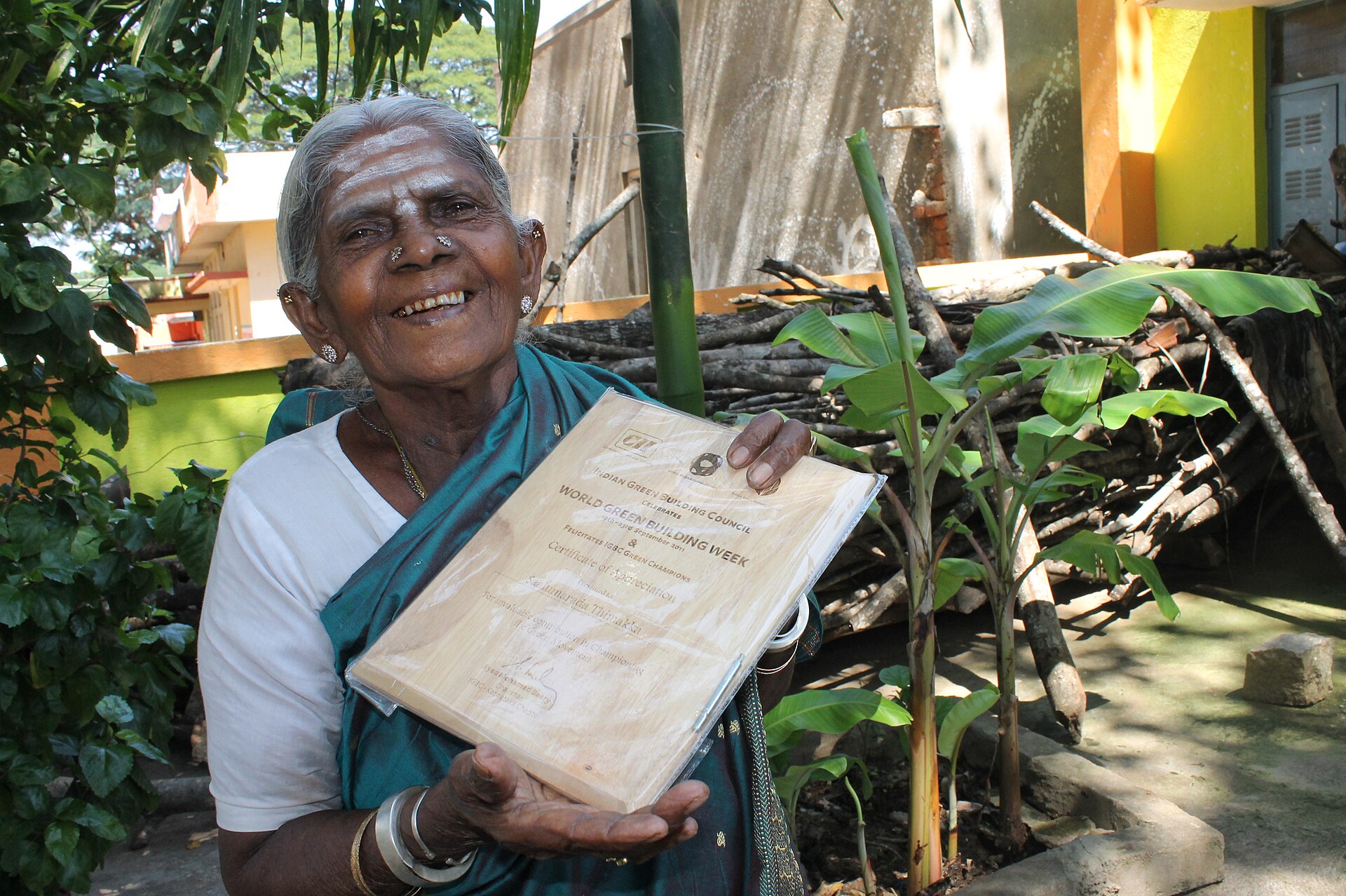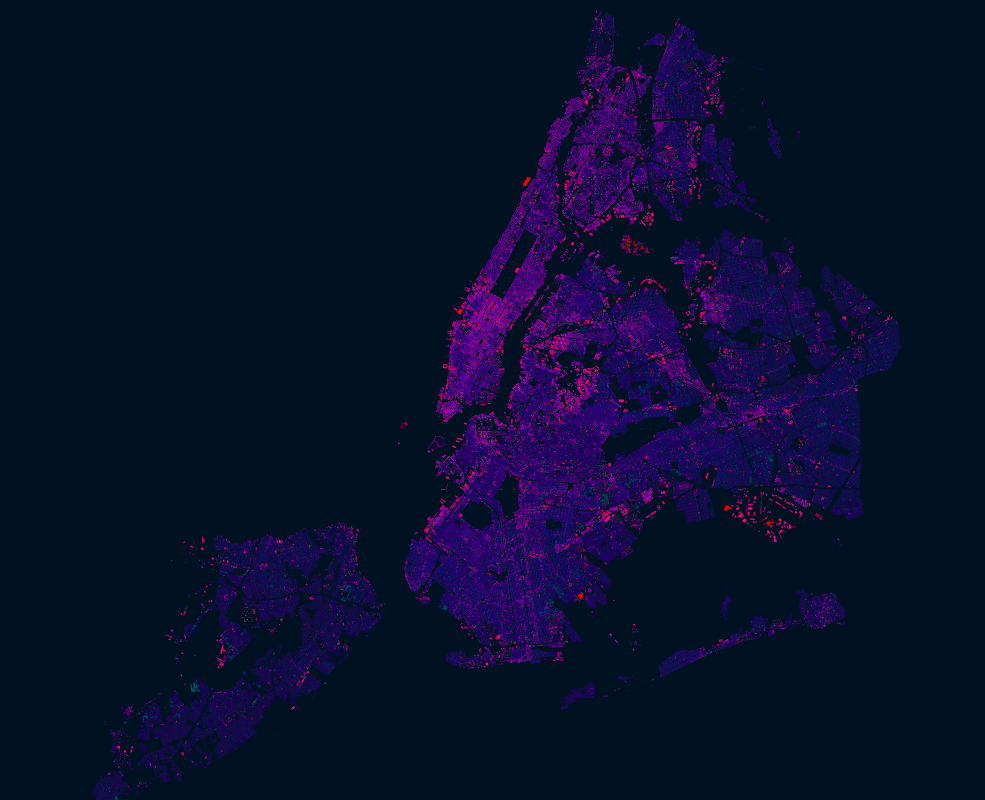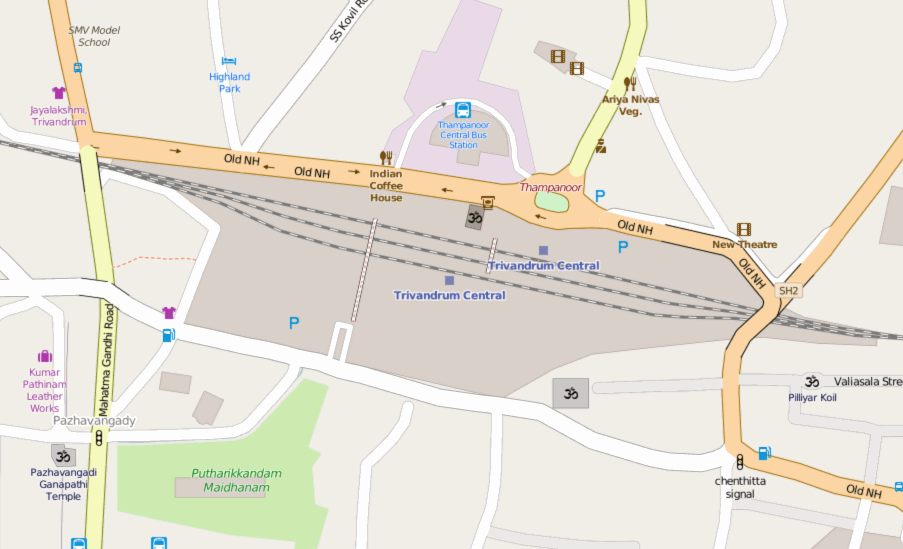In India, MapMyIndia is one of the biggest aggregators of commercial map data, including running their own fleet of mapping cars, so it was quite interesting to find OSM data in their map for areas i’m familiar with and have mapped on the ground.
Its not all OSM though, will need to dig more into how they mix the data.


 Runway and taxiway lights
Runway and taxiway lights


 Geolocated articles on Wikidata, with those added in the last year highlighted in pink. Source:
Geolocated articles on Wikidata, with those added in the last year highlighted in pink. Source:  Prime meridian at Greenwich. CC-by-sa
Prime meridian at Greenwich. CC-by-sa 








